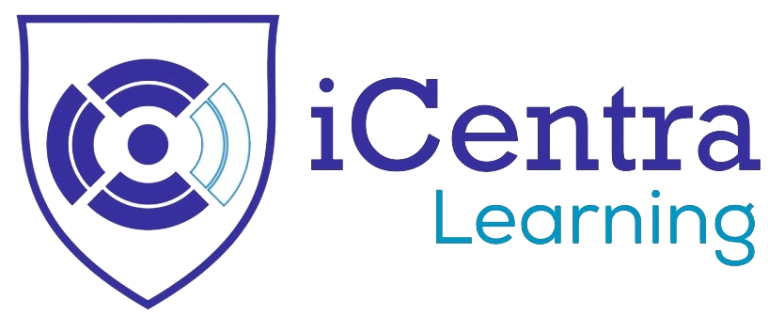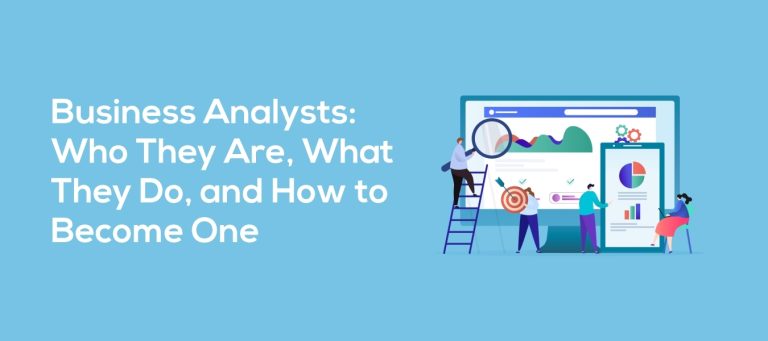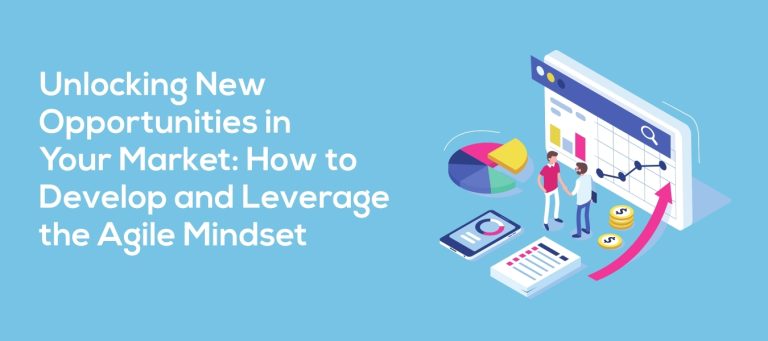What is Disciplined Agile (DA)?
Disciplined Agile (DA) is a framework for making process decisions that prioritize people over processes and provide teams with only a little advice in order to help them tailor their operations to the particular requirements of each individual project. It is a hybrid framework that combines the best components of several proven agile methodologies like Scrum, Kanban, XP, etc.
It originated from bringing together other methods and frameworks practiced by Agile software development teams, such as lean software development and scrum, and merging them into one framework. It builds on these other agile methodologies by aiming to bridge the process gap between them and ultimately develop an agile approach that streamlines IT work across the enterprise.
What is a Lifecycle?
Unlike other agile frameworks like Scrum or Kanban, the DA toolkit does not specify a single lifecycle. Since each team is in a different circumstance, the DA toolkit offers a variety of lifecycles to choose from.
Here is an overview of the 6 Disciplined Agile Delivery (DAD) lifecycles.
1. Agile Lifecycle
The Scrum construction lifecycle is the foundation of the Agile Lifecycle. Teams following the project lifecycle will deliver consumable solutions through quick iterations (also known as sprints or timeboxes).
2. Continuous Delivery: Agile Lifecycle
This is an extension of the Agile Lifecycle. Teams using this agile-based lifecycle will work in relatively brief iterations, usually lasting no more than a week, and deploy their solution into production at the end of each iteration.
3. Lean Lifecycle
The Kanban methodology serves as the foundation for this lifecycle. Teams who use this project lifecycle will be able to visualize their work, reduce the amount of work in progress (WIP), improve workflow, and bring work into the team one piece at a time.
4. Continuous Delivery: Lean Lifecycle
Teams using this lean-based lifecycle will release their work into production as often as is practical, usually many times per day.
5. Exploratory Lifecycle
Using this lifecycle, which is based on Lean Startup and design thinking in general, teams will investigate a business idea by creating one or more minimal viable products (MVPs), which they then use as tests to ascertain what potential customers actually want.
6. Program Lifecycle
Using this lifecycle, which is based on Lean Startup and design thinking in general, requires that teams will investigate a business idea by creating one or more minimal viable products (MVPs), which they then use as tests to ascertain what potential customers actually want.
No matter the goal of your team/organization, the DA toolkit gives you a lifecycle to help you achieve it.
To learn more about the Disciplined Agile Framework, register for our DASM certification training and become a Disciplined Agile Scrum Master.


